“If you are an adult foolish enough to tell another adult that you are (still!) a poet, they will often describe to you their falling away from poetry: I wrote it in high school, I dabbled in college. They will tell you they have a niece or nephew who writes poetry….There is embarrassment for the poet—couldn’t you get a real job and put your childish ways behind you?” Lerner writes. I laughed as I read these lines, for if you switch out poetry for dance it becomes a conversation that most professional dancers have frequently.
Often, when I explain that I am a ballet dancer people will say “oh yes, I did that” or “my daughter is a dancer too.” In reality, they took dance when they were five and their daughters are fourteen and on cheerleading squads or in competitions—which is great, but it is not quite the same as performing seven shows a week for years! Sometimes people ask me what my day job is, or what I will do next. There is little consideration that ballet dancing could be a real occupation. Though of course, they are correct in that one cannot practice ballet forever, as one could potentially write poetry well into old age. But still, their dismissal ignores the fact that dance could be a multiple-decades long, quite serious (if not very lucrative) endeavor.
Lerner continues: “when you are foolish enough to identify yourself as a poet your interlocutor will often ask you to name your favorite poets. When you say, “Cyrus Console” he squints as if searching his memory and nods as if he can almost recall the work and the name, even though of course he can’t (none of the hundreds of non-poet acquaintances who have asked you this sort of question ever can).” This passage also resonates, for unless I respond with Baryshnikov or Nureyev I will get a blank stare. Perhaps current ABT principal Misty Copeland is becoming one such household name, but the truth is that the general public is not well educated on trends in the field. Obviously if you follow this obscure blog you are not the random airplane seatmate, for example, to whom I am referring!
If I can make it clear that I am a dancer, and that it is my sole source of income and it is indeed a full-time job, they will become skeptical again when I reply to further inquiry that my favorite ballet is not Swan Lake but Serenade or Concerto Barocco. Naturally they have never heard of it, and then they think I must be in some amateur troupe. (Balanchine and neo-classicism are not in common parlance outside of New York.) There is nothing wrong with that, in the same way that I enjoy poetry, read it sometimes, and had no idea who Cyrus Console was either. But I was not surprised that a working poet did not respond with Keats.
It is wonderful that so many people take ballet classes in childhood, yet I find it unfortunate that their conception of an entire art form is frequently crystallized in that fledgling experience. I also believe that people intuitively respond to movement and can find aesthetic pleasure in it, but somehow that appreciation is not widely cultivated in our society. I was taught the difference between Impressionism and Mannerism in public elementary school, but there was not much in the way of dance education. Dance fandom becomes a study in esoterica if that passion survives into adulthood.
At the reading, Lerner did not select an excerpt from his new essay but instead chose one from 10:04, perhaps because he is far more famous for being a novelist than for being a poet. But during the Q&A session afterwards he spoke about how he will always describe himself as a poet, because he feels that it is who he truly is, even if he is now known for something else. He spoke of poetry the way dancers speak of dancing—like it is a calling or an identity rather than a hobby or a livelihood.
I have been thinking a lot about this lately because I am pregnant. I am so incredibly excited about my new role as a mother, but it is funny to feel utterly divorced from my dancing life as my body changes and my waistline expands. Unlike some dancers—notably NYCB principal Ashley Bouder, who was able to take ballet class in pointe shoes past her due date!—I was forced to stop dancing before the end of my first trimester. My baby and I danced through some hectic weeks of Nutcracker, but by the time the Winter Season began I became so nauseous ("morning" sickness can apparently be a 24 hour affair) and exhausted that it was impossible to keep up a healthy gestational weight. Ballet dancing in peak physical form is hard work, ballet dancing on an empty stomach is nearly impossible. My doctor—and my instinct—told me it was necessary to bow out and take it easy.
The pregnancy books recommend that women disclose their pregnancies to their employers at four or five months along. Ha, as if that could be possible for a dancer! Even the indomitable Ashley could not perform too far into her second trimester, and there was definitely no hiding the fact that she was pregnant much earlier than that. Since I had to stop dancing before I wanted to announce my pregnancy to the company and the public, I was in a tough situation. Luckily ballet mistress Rosemary Dunleavy helped me to drop out quietly midway through the season. I am forever grateful to her for being so understanding and supportive. I was sorry that my little one did not get to be a part of such moving, iconic works as The Four Temperaments and Tchaikovsky Piano Concerto #2, but clearly he or she—my partner and I have decided to leave it a surprise—wanted no part in dancing!
Tricky logistics and a lousy first trimester aside, the experience of being pregnant has been absolutely fascinating to me. I am sure most mothers feel that way, but I think for dancers—who are so attuned to their bodies—it is a time of particularly heightened sensations. I knew right away that I was pregnant, before a urine test would work, because my body felt immediately different. Even while I was able to perform through my first few months, everything felt wonky. My muscles were looser, my center of gravity was constantly shifting. My partner David Prottas kept asking me during Symphony in C: “are you on your leg? I can’t tell.” Hehe, I couldn’t either. My pelvis seemed to be in a different place every day. My colleagues claim not to have noticed a difference in my appearance, but my tutus certainly fit differently. Even as I was losing pounds my breasts and abdomen were growing and I was loosening the hooks of stiff bodices.
Even more bizarre was the inability to control my own eating habits. As a dancer, I must consciously plan my meals around maximizing nutritional energy. By my third month of pregnancy, I could not stand the sight of meat. I was having all sorts of odd cravings and (mostly) aversions; it was so hard to ensure that I was getting enough protein. I found it incredible that something the size of a blueberry could dictate so many aspects of my life. Now that I am further along I am loving the feeling of the baby dancing around on its own all day, and all through the night!
It seems that there are as many different pregnancy experiences as there are pregnant bodies. I know that Ashley, as well as new NYCB mothers Maria Kowroski and Abi Stafford, had very little morning sickness throughout their pregnancies. Some dancers have come back from childbirth very quickly, for others it takes much longer. Many women have told me that the experience was radically different with each child they had. The first lesson in motherhood seems to be that you cannot control everything, and it is a humbling one.
I am doing more reviewing on this blog now that I am not performing, as many of you have noticed. Thank you to everyone who has inquired about my absence! For now I am taking it day by day and listening to my body, which is essentially what I do when I am dancing anyway. So maybe these identities—mother, dancer—are not so incongruous after all.
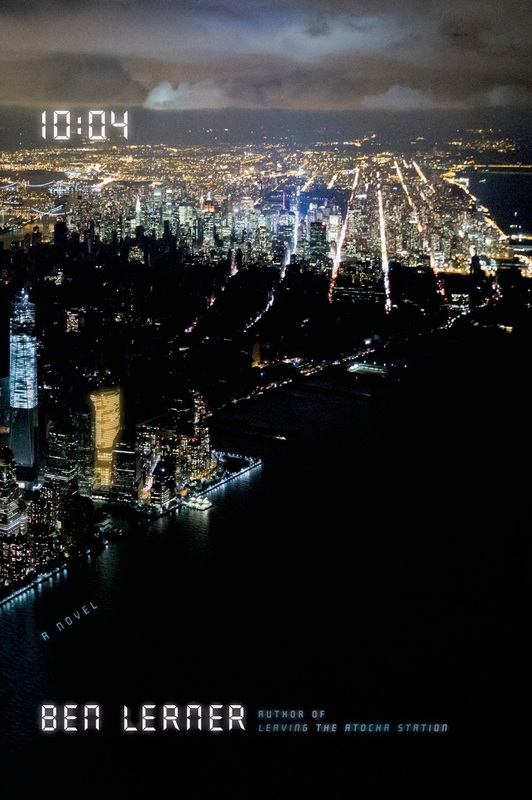
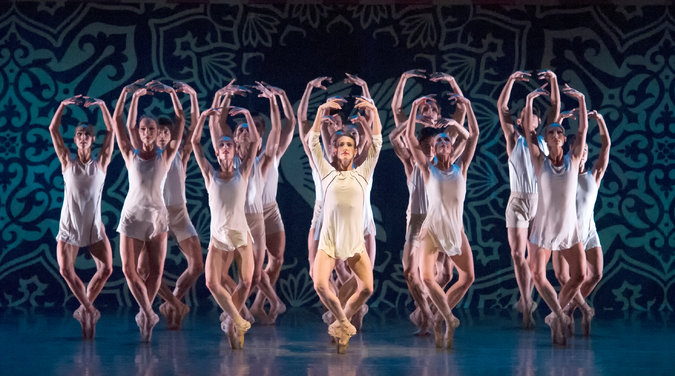
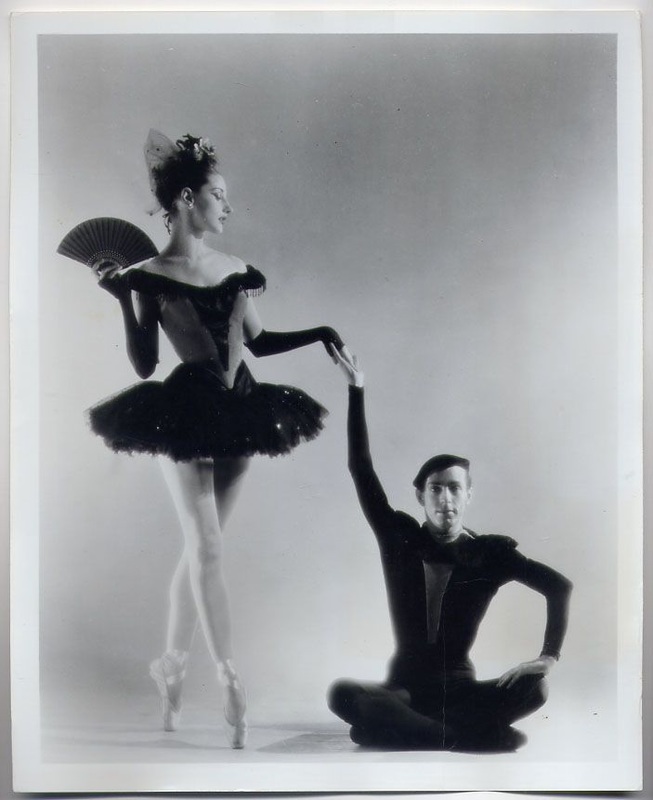
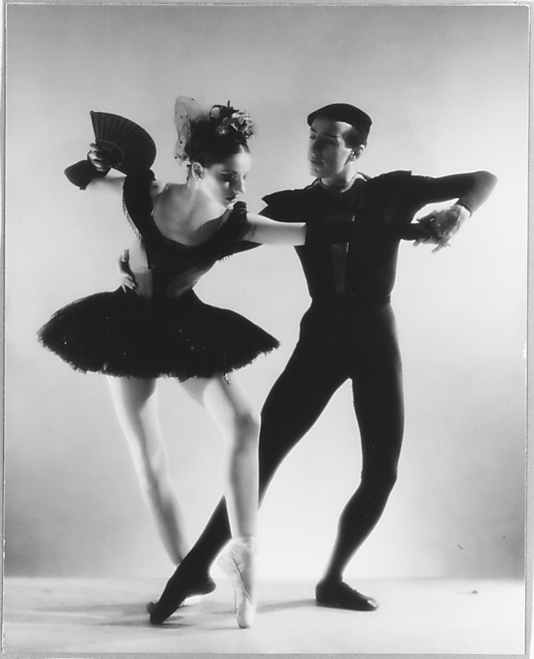
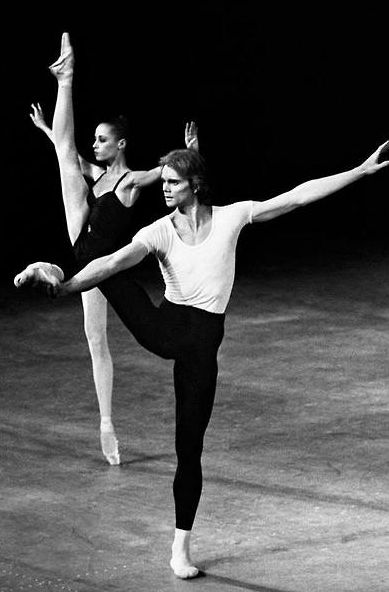
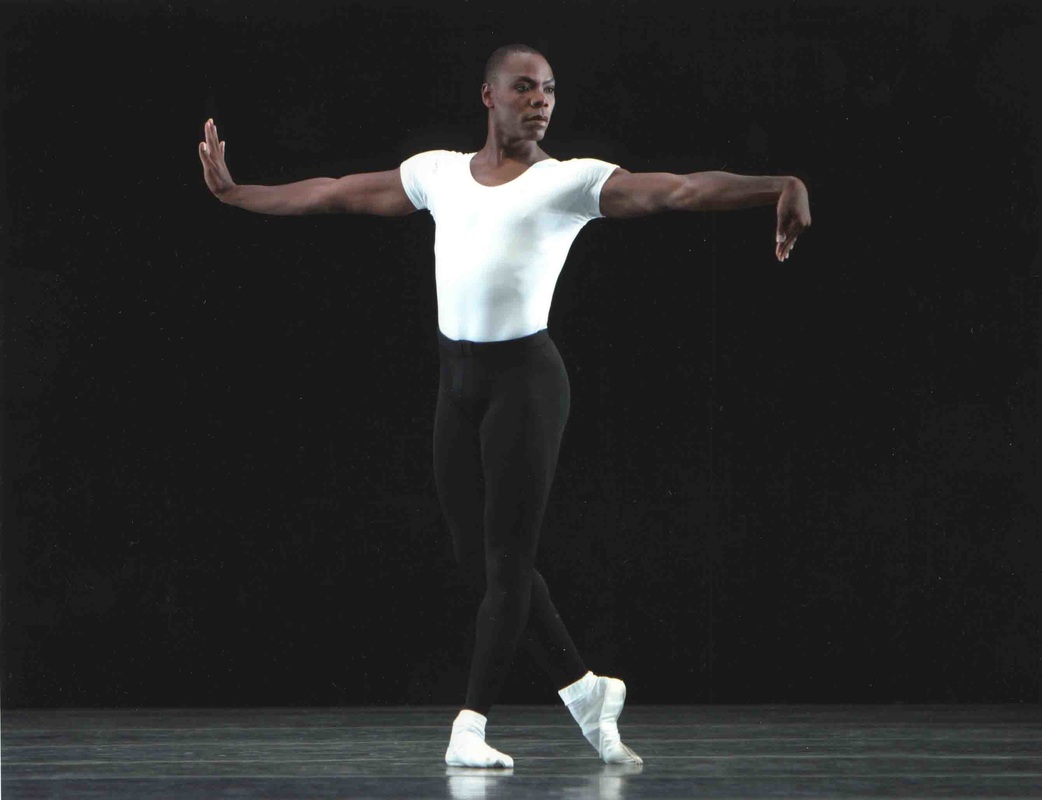
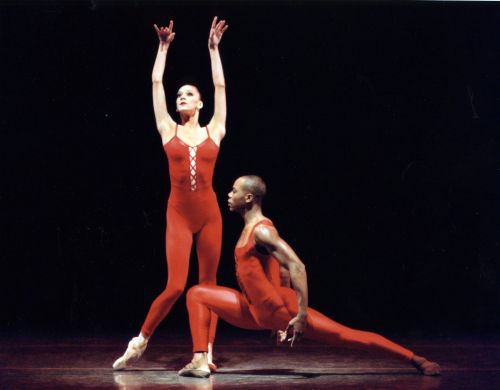
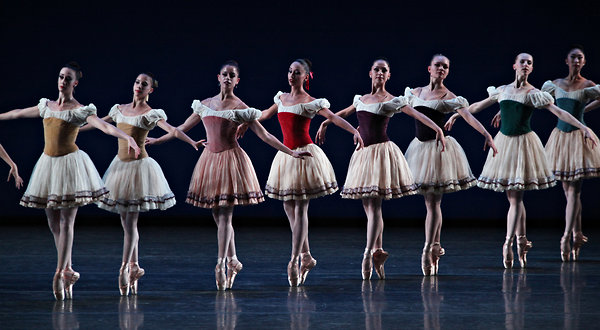
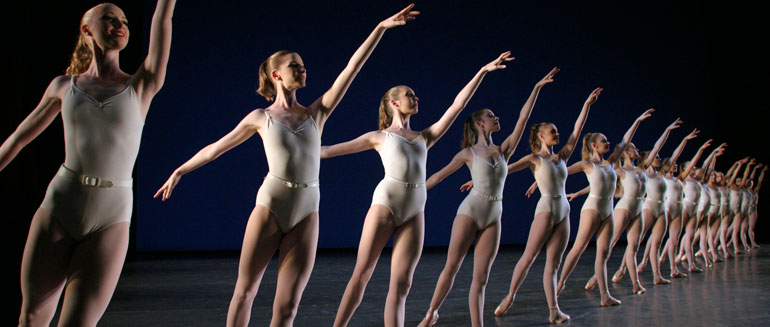
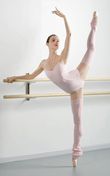
 RSS Feed
RSS Feed